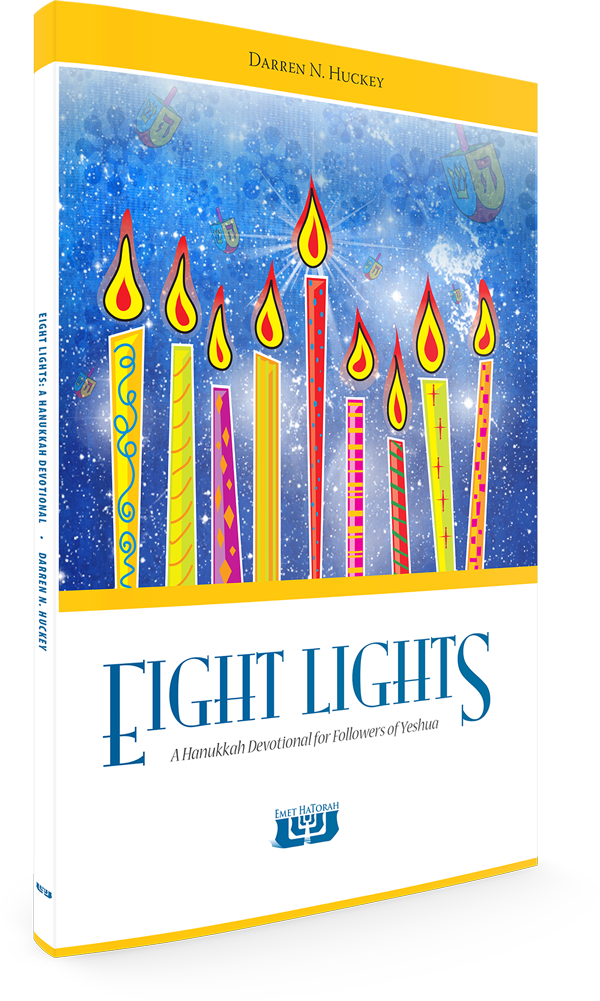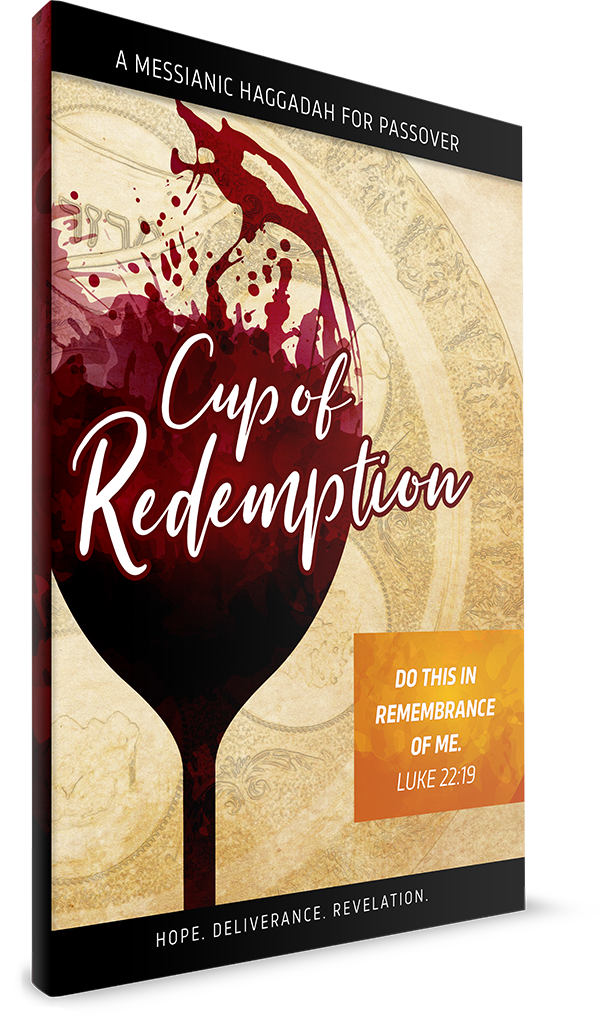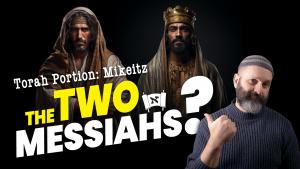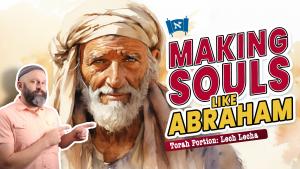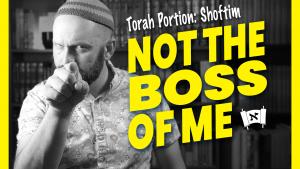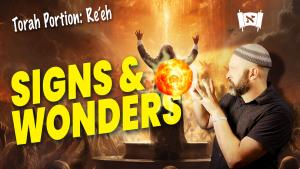Jesus: First Century Rabbi
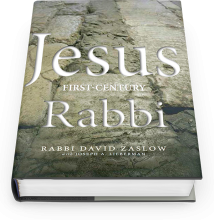
If, like myself, you have never heard of Rabbi David Zaslow until now his name let me happily introduce you to his ground-breaking work, Jesus: First Century Jew from Paraclete Press. Continuing in the line of recent works of interfaith dialogue between Judaism and Christianity, Zaslow takes his place among the key players and pushes the envelop beyond what I have seen from his peers. His Jesus, takes the place of what many within evangelical Christianity and the Messianic movement hoped would become of Shmuley Boteach’s Kosher Jesus. Zaslow, with pure respect for Christianity and genuine admiration for Jesus, attempts to bring Christianity and Judaism closer together through his examination of the life and teachings of Jesus as a first century rabbi in this very quotable work. He quotes David Flusser, Dr. Brad Young, David Bivin and Roy Blizzard and several other Christian and Jewish authors in the clear presentation of his materials.
He works from the beginning to respectfully sort out the differences between basic Christian and Jewish belief in relationship to not only Jesus, but in the Bible and in general theologies. In the spirit of unity he calls the Hebrew Scriptures the “Elder Testament” and the Apostolic Scriptures the “Younger Testament.” He recognizes Jesus as the faithful, Torah observant Jewish rabbi he was, and accepts him as the “Christian Messiah,” if not the Messiah of Judaism. He says that the beliefs and practices of Jesus fall very near that of the Pharisees.
Zaslow esteems him as being instrumental in the shaping of Rabbinic Judaism in the formative years of the first century, saying, “Although the fruits of modern rabbinical Judaism did not fully ripen until centuries after Jesus's lifetime, it seems clear that Jesus was part of the paradigm shift that was transforming his native religion” (p. 4). He also says, “Jesus's teachings indicate that he, along with the other rabbis and sages of his era, was at the forefront of the innovations that made it possible for Judaism to endure” (p. 38).
He holds nothing back. He uplifts the good and the exposes the bad in both Christianity and Judaism which have historically kept these groups from appreciating the value of each. He challenges both Christians and Jews to lay aside centuries of misinformation about Jesus and about one another. He challenges Christians to see the Jewishness of Jesus and Jews to see Jesus as a faithfulness, Torah observant rabbi who they can embrace as one of their own. To Christians he says,
“Many Christians think of the Jewishness of Jesus in the same way they think of the Catholicism of Martin Luther—in other words, he was Catholic but broke away from many of the theological doctrines of the Church at that time. Jesus, however, never left Judaism” (p. xvi). He reminds his Jewish brothers and sisters, “The Jewish people may have endeavored to be a light unto the nations (Isaiah 42:6), but Christianity has brought that light to the world in a way that Judaism could never have done” (p.xxv).
He is honest in his assessments. He recognizes Jesus’s love of both Judaism and the Temple, finds peace with the theory of atonement through the sacrifice of Christ, and struggles to understand Paul. Most of all, he invites the reader to engage in the discussion over this one man who has been the focal point of history for the last two thousand years.
There are many more passages which could be cited, but suffice to say he is affirming many things of which Messianic Judaism has being saying over the last decade or so. This work deserves serious attention from scholars of all branches of faith within both Christianity and Judaism. And although he is a little too ecumenical by Christian standards, this work is definitely a watershed on the reality of who Jesus was, as well as a great starting point for those within Christianity (which he calls “the branch”) to learn more about the Judaism of Jesus (which he calls “the root”).

